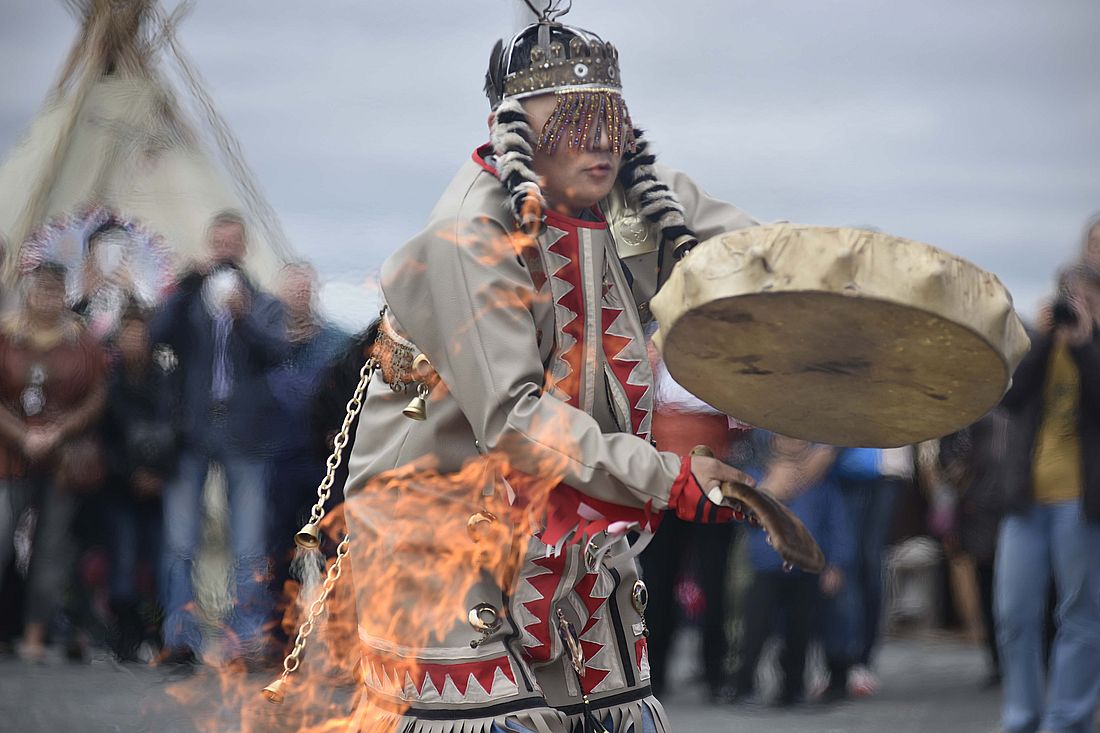#ARCTIC. #SIBERIA. THIS IS TAIMYR. In the previous article, we told about the traditions and customs of the people of Siberia who call themselves the Nya people, and today you will learn a few more interesting facts.
1. The traditional religion for the Nganasans is animistic pantheism and shamanism. The Nganasans believe in the existence of guardian spirits, which are divided into female and male. For example, Mother Water – Bydy-nyamy, Mother Earth – Mou-nyamy and others are female. In turn, the male spirit of Deiba-nguo is the main patron saint of the Nganasans, a cultural hero. Around 1639, attempts to christianize the Nganasans began, but failed. In 1834, only ten percent of the people were baptized, while the rest still profess their ancient religion.

2. The Ngansans, like any other people in Siberia, had national holidays since ancient times. Some of them are no longer used by the descendants of the ancient people. For example, Madusya is a holiday of a pure chum. They celebrated it when the sun appeared after the polar night. They built a special chum, in which from two to nine days from morning to evening the shaman asked the deities for the welfare of the entire people in the coming year. During the holiday, young people danced and played games near the so-called pure chum:

“We spend such holidays as the Reindeer Herder’s Day, the Fisherman’s Day in Volochanka together with other ethnic groups, but as for the Pure Chum, unfortunately, modern Nganasans no longer celebrate it”, a member of the coordination council of the Nganasan Union public organization Alexey Chunanchar said.
3. You can often hear the phrase “If the language disappears, the nation will disappear too”. Today, only the older generation speaks Nganasan. But in some schools of the Siberian peninsula, the language is taught today:
“In Volochanka and Ust-Avam, they study their native language from kindergarten to ninth grade, there is even an alphabet, but in Dudinka there is no such thing. Young people are often afraid of speaking Nganasan, because they have a fear of making a mistake, pronouncing something wrong. Of course, this fear must be got rid of”, said Aleksey Chunanchar.

It is noteworthy that the Nganasan language is characterized by complex morphological rules: it is a double system of consonant alternation, a double system of vowel harmony. The stress is placed on the penultimate syllable. Nouns change in three numbers, seven cases and differ in suffixes to indicate the category of belonging. Verbs agree in person and number and change in three types of conjugation. For all the difficulties, says Aleksey Chunanchar, the main thing in learning the native language is desire, and the skill comes with practice.
“It is important to have more teachers in Dudinka who would teach not only children, but also adults, because there are those who understand but do not speak. To preserve the language and culture, it is also necessary to hold national holidays, where people will be able to communicate in their native language”, the interlocutor summed up.
Text: Ekaterina Elkanova, Photo: the Nganasan Union



